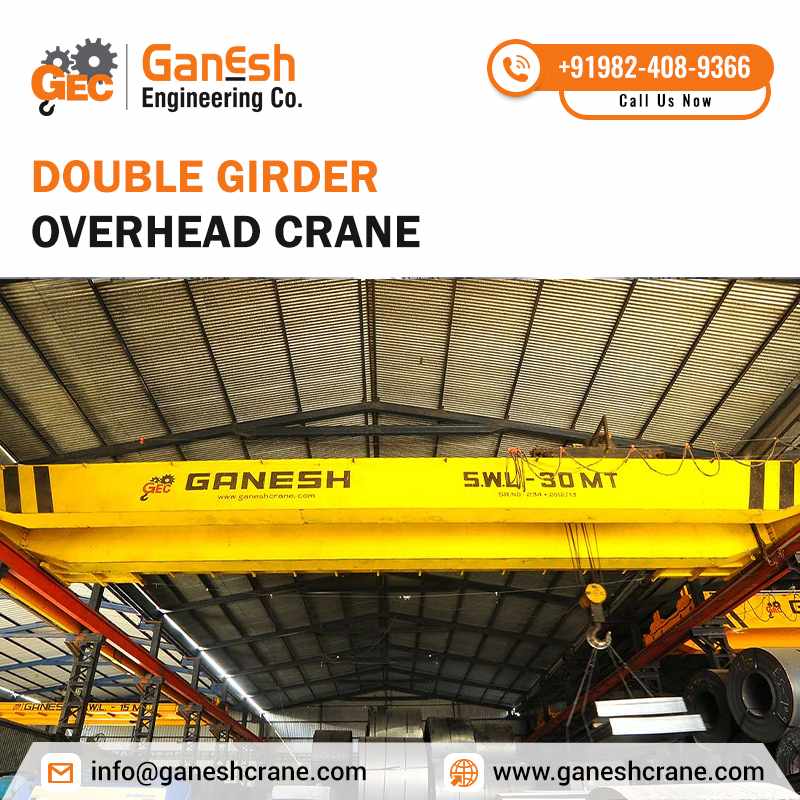
Many businesses rely on overhead cranes to move equipment and commodities. Proper operation and maintenance of overhead cranes help to create safer working environments for employees while decreasing downtime and costly mishaps. There are also different requirements to follow, and regular inspections are an important aspect of compliance.
Here's an outline of what each sort of inspection should contain, how often they should be performed, and what components should be evaluated throughout each examination.
Initial Inspection:
This is performed once a new EOT Crane is placed or an old crane is renovated or repaired. Before commissioning, a first examination ensures that the crane is in good working condition and that all safety and operational functions work properly. The original equipment manufacturer (OEM) conducts these checks, which include checking clearances, operating speeds, lubricant levels, control settings, safety devices, and other factors.
Hoisting and lowering: Hoist motion is the movement of a crane to raise and lower cargo.
Trolley and bridge transportation: Bridge and trolley travel controls must be positioned in areas where the operator can easily face the direction of movement.
Limit switches, locking mechanisms, and safety features: The trip setting of hoist limit switches must be established by moving an empty hook at increasing speeds until it hits its maximum. The limit switch's actuation mechanism must be situated such that it trips under all scenarios and in enough time to prevent the hook or hook block from coming into contact with any portion of the trolley.
Frequent Inspection
For monthly inspections, the authorized person shall keep a certification record that contains the date of the inspection, the signature of the person who did the inspection, and an identification of the part examined. During monthly inspections, operators and other designated staff should thoroughly evaluate the following items as part of their inspection guidelines:
Hooks with deformation or cracks - written record with inspector's signature and date.
Hoist chains and end connections for wear, twist, or distortion (written record with inspector's signature and date).
Running. Rope and end connections for wear, broken strands, etc. (written record with inspector's signature, rope identification, and date)
As needed: Functional operating mechanisms for extreme wear.
As recommended: Rope reeving per manufacturer's guidelines
Functional Test Inspection
The functional test inspection is a daily assessment of all functional operating mechanisms to look for irregularities that might interfere with effective crane operation. A qualified individual should undertake this examination before each shift, using their visual knowledge of cranes to check for the following:
leaks or degeneration in lines, valves, tanks, drain pumps, and other sections of the crane's hydraulic or air systems.
Extreme wear, twist, stretching, or distortion on hoist chains
Cracks and distortion of hooks
Periodic Inspection
These frequent inspections necessitate a competent inspector to examine the overhead crane thoroughly. Any inadequacies must be thoroughly assessed to see whether they pose a safety risk. Periodic inspections should (at a minimum) include:
Deformed, fractured, or corroded members.
Loose bolts or rivets.
Cracked or worn sheaves and drums.
worn, fractured, or deformed components (pins, bearings, gears, rollers, and so on).
Excessive wear on brake system components
Inaccuracies in load, wind, and other indications.
Electric versus fossil fuel motors
Chain drive sprockets and chain show excessive wear.
Damaged electrical components (pushbuttons, limit switches, or contactors)
If you need more advice or tips for overhead crane inspection, contact us now.

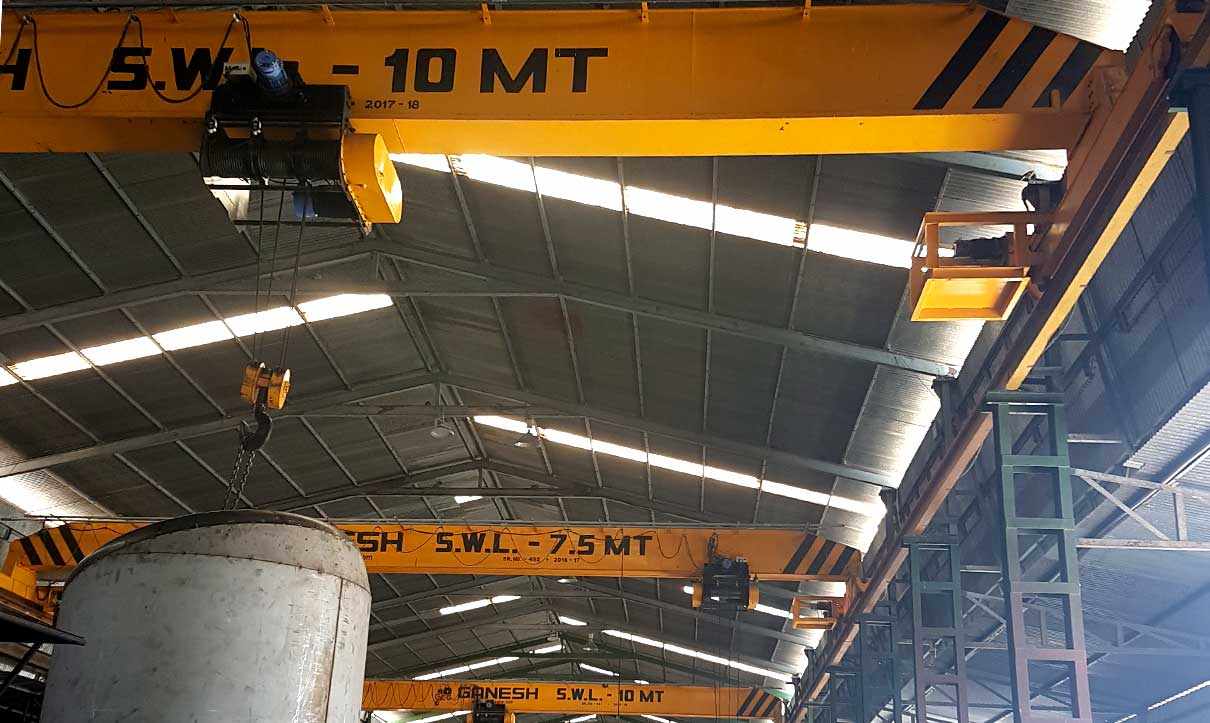
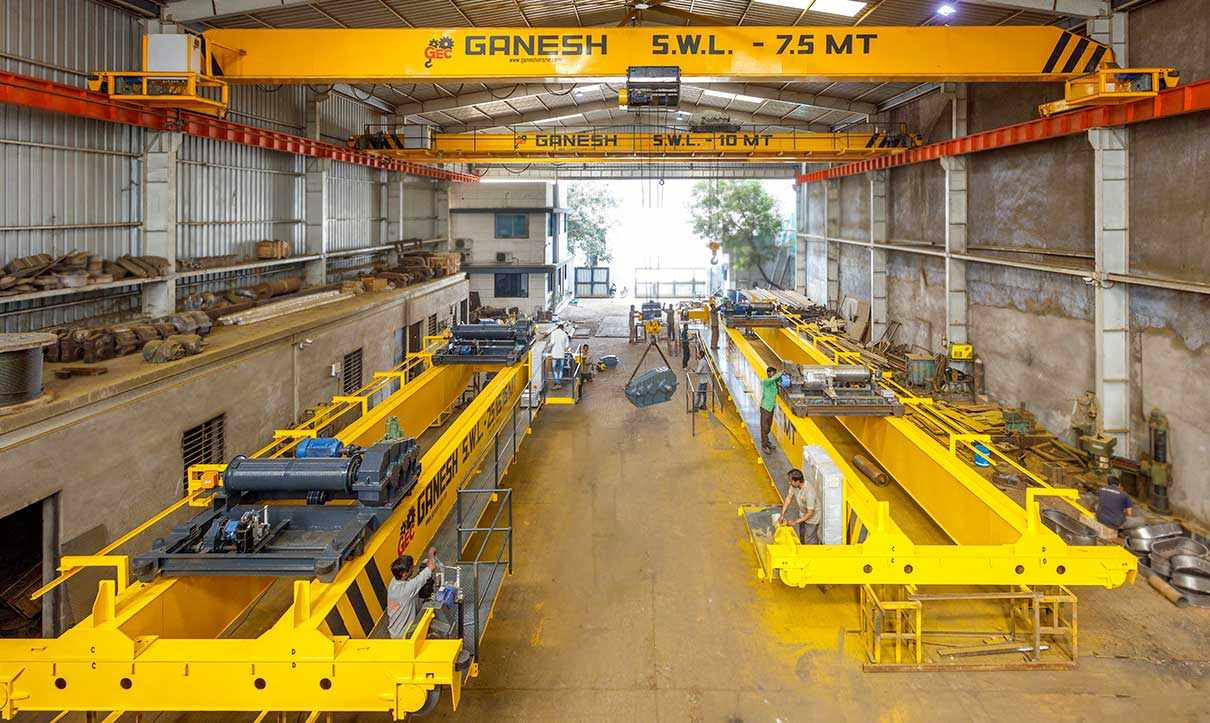
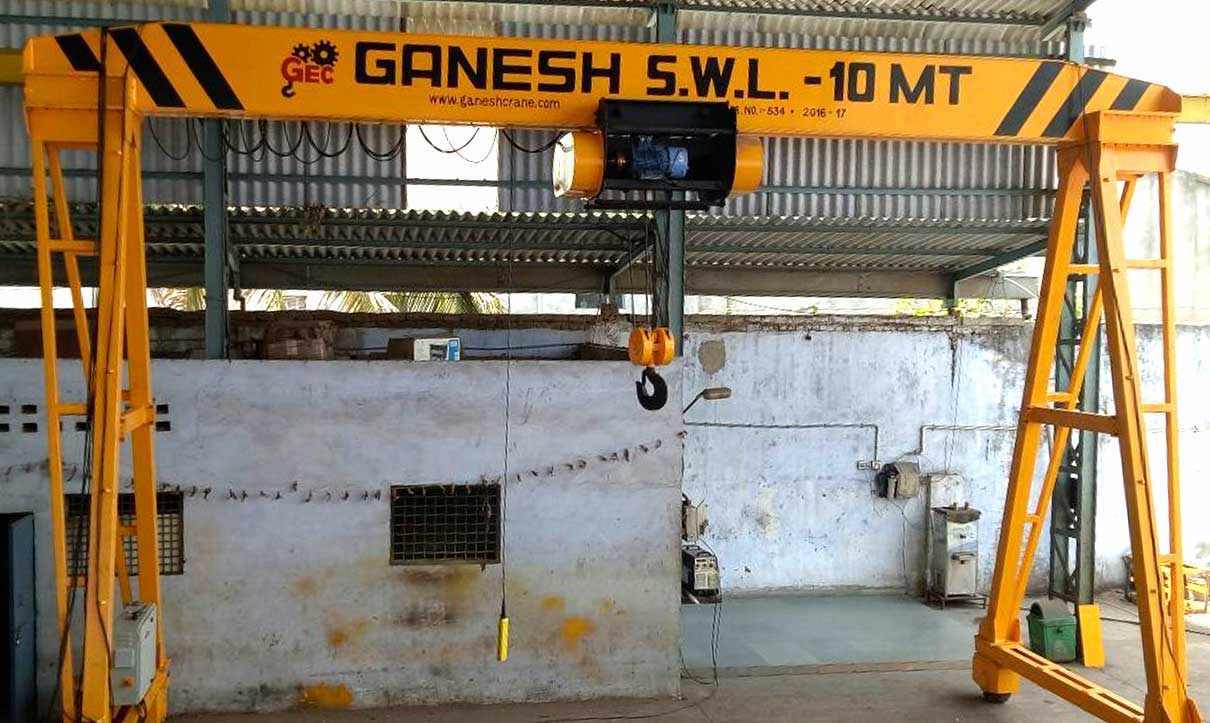
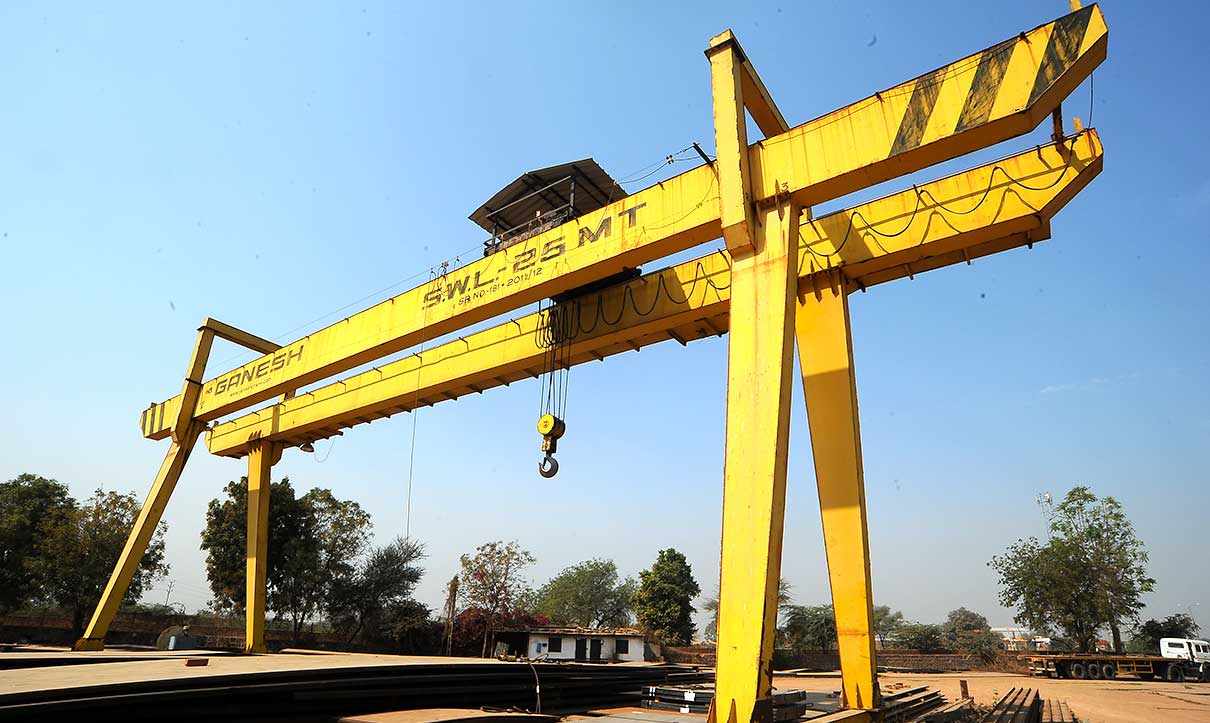
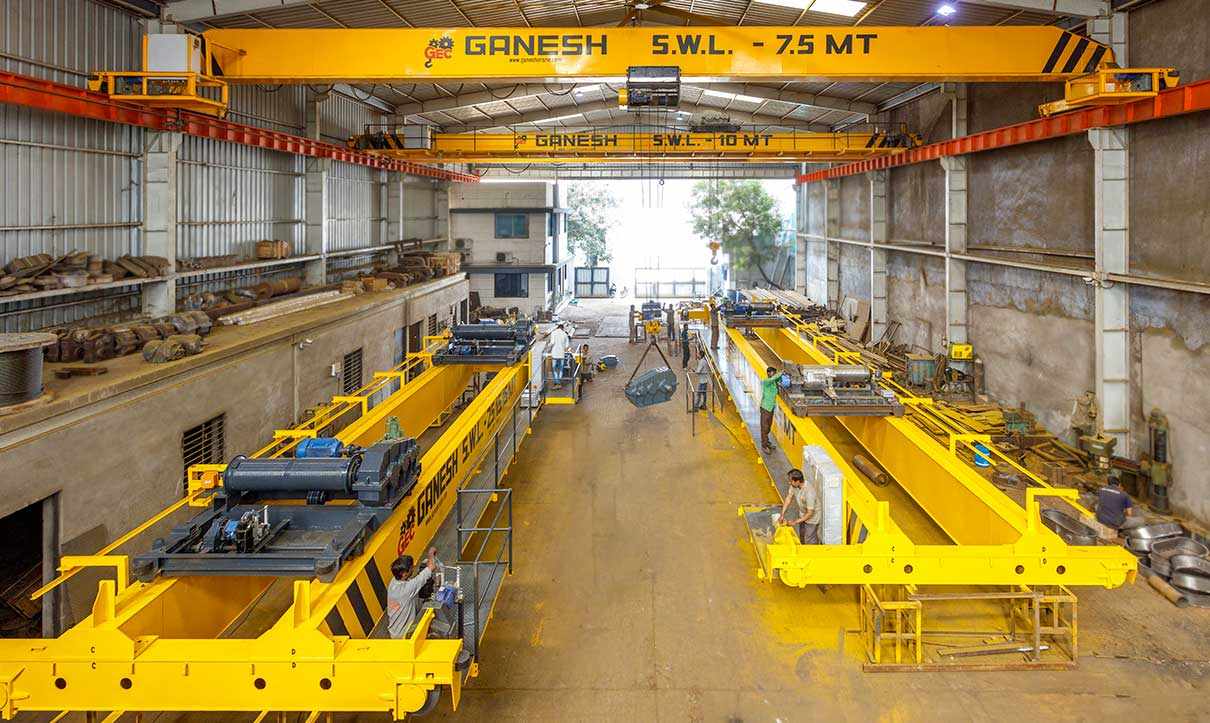






Write a comment ...